Satoshi Kon is a legendary Japanese filmmaker, known for his iconic movies like Paprika, Tokyo Godfathers, and Perfect Blue, which would leave a mark on the world of cinema. The 1997 Perfect Blue, in particular, has garnered critical acclaim and attention for its mind-bending film and intricate plot. The film was one of a kind. However, it wasn’t long before elements of this groundbreaking film began to seep into the world of Hollywood—and Kon wasn’t pleased.
The most notable example of Hollywood getting inspired by Kon’s work is in Requiem for a Dream and Black Swan, both directed by Darren Aronofsky. The films were successful on their own but there was always something Perfect Blue-esque about both of those films. However, Satoshi Kon wasn’t impressed or found it flattering that the director would pay homage to him in this method.
The Case of Aronofsky – How To Pay Homage
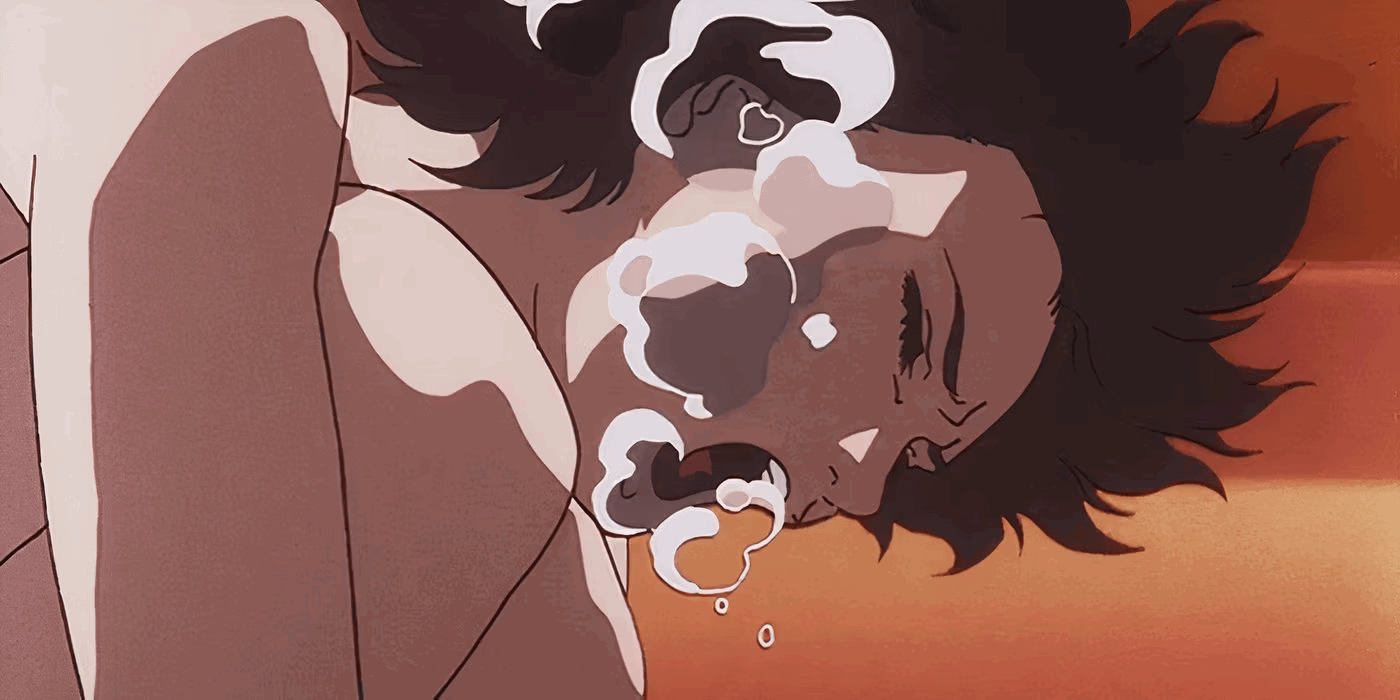 Mima from Perfect Blue by Satoshi Kon. [Credit: Madhouse]
Mima from Perfect Blue by Satoshi Kon. [Credit: Madhouse]Requiem for a Dream doesn’t have much similarity to Perfect Blue in terms of the overall plot, other than the mind-bending aspects and the theme of mental health. However, a scene was copied almost shot by shot by Darren Aronofsky.
Marion, Jennifer Connelley’s character, reenacts the same bathtub scene from Perfect Blue. The characters are in a fetal position and after a moment of silence, yell in frustration.

The more damning evidence of copying, however, is in Black Swan. The plots are incredibly similar and some of the shots are too identical to be a coincidence. Nina, played by Natalie Portman, and Mima, both lose their grip on reality after facing the sobering perils of what fame means. However, Mima eventually regains her mental state, whereas Nina sacrifices herself for ballet.

During their journey of derealisation, there are several scenes in which Aronofsky draws inspiration from Perfect Blue. From Mima seeing a double of herself to her mirrored version moving on its own, it’s hard to not recognise the similarities. Moreover, Aronofsky reportedly refuses to admit that Perfect Blue inspired him.
Satoshi Kon’s Response On The Matter
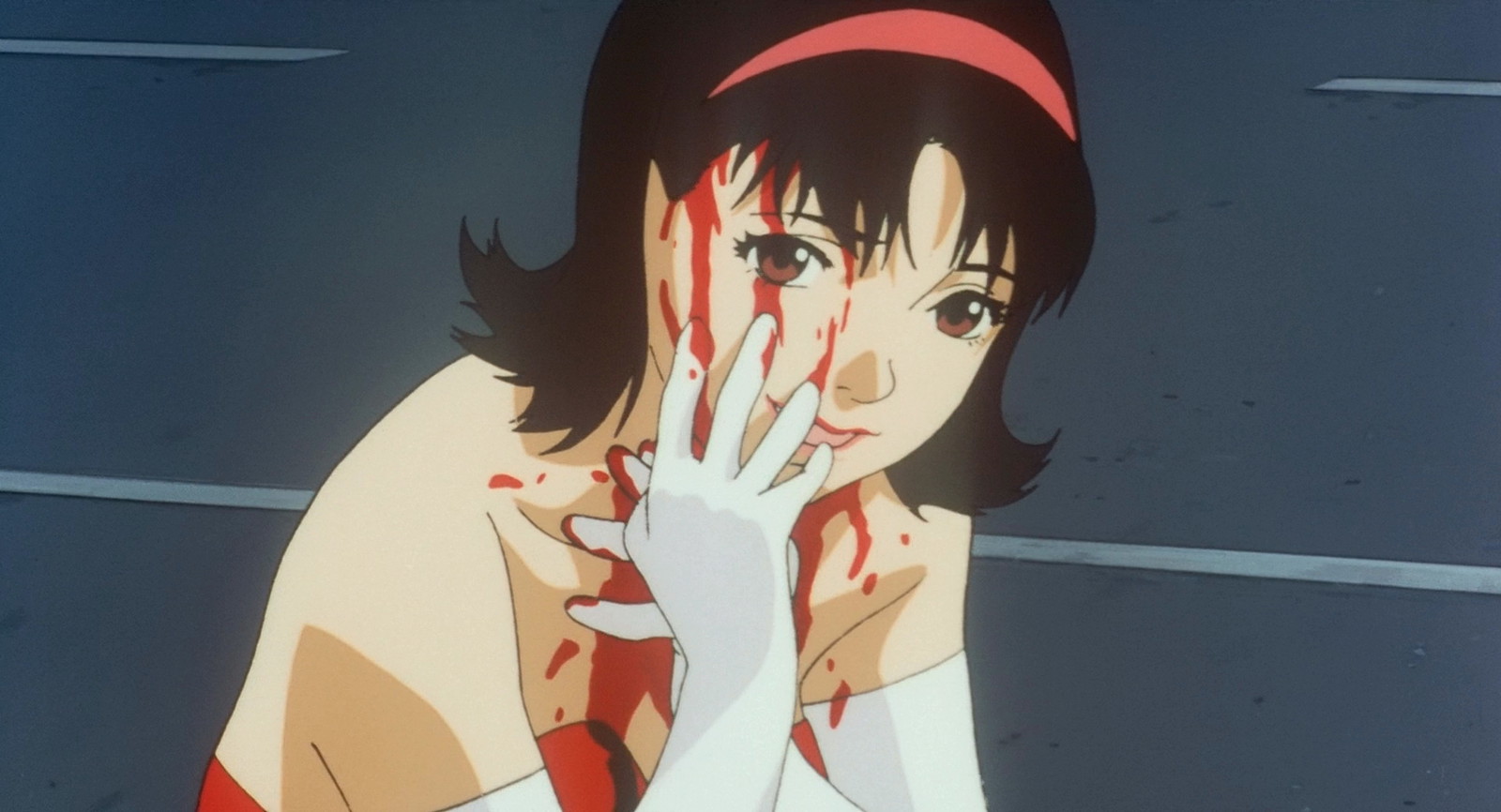 “The real Mima” in Perfect Blue by Satoshi Kon. [Credit: Madhouse]
“The real Mima” in Perfect Blue by Satoshi Kon. [Credit: Madhouse]The visionary director wasn’t delighted one bit. Satoshi Kon has continuously struggled to fund his films, with Tokyo Godfathers almost not happening at all. This is the central complaint in his statement in 2001:
“I’m feeling pathetic. It’s a pitiful tale when the person being paid homage to has less name recognition, less social credibility and less budget to spend.”
He allegedly felt blindsided by Aronofsky, who initially complimented Perfect Blue’s storyboard and asked for the rights to the film for a live action. This has been the alleged narrative throughout. However, upon further research, the negotiations seemed to have never gone through. The X user, @Richmond_Lee, highlights the narrative:
Apparently Kon was under the impression that Aronofsky had bought the rights to adopt his film into live action, but the negotiations never went through fully!https://t.co/sB0OGa651c
— Art-Eater ➡️⬇️↘️🐲👊 (@Richmond_Lee) April 3, 2021Despite Kon being open about his struggles as a director, being successful with just 4 films is still commendable. His movies will always be remembered by fans worldwide.
Perfect Blue is available on Crunchyroll for streaming.
.png)
 1 week ago
12
1 week ago
12






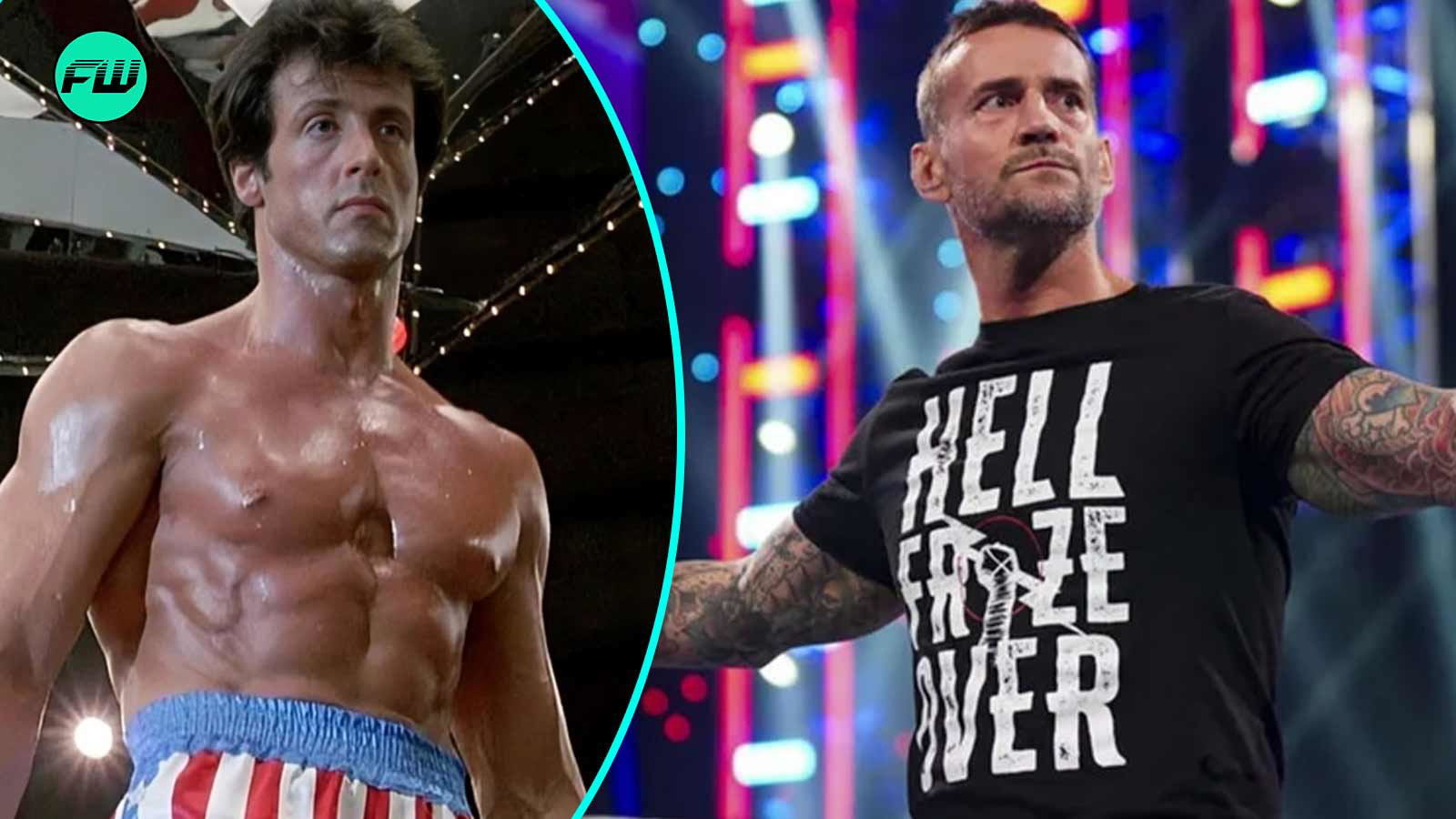

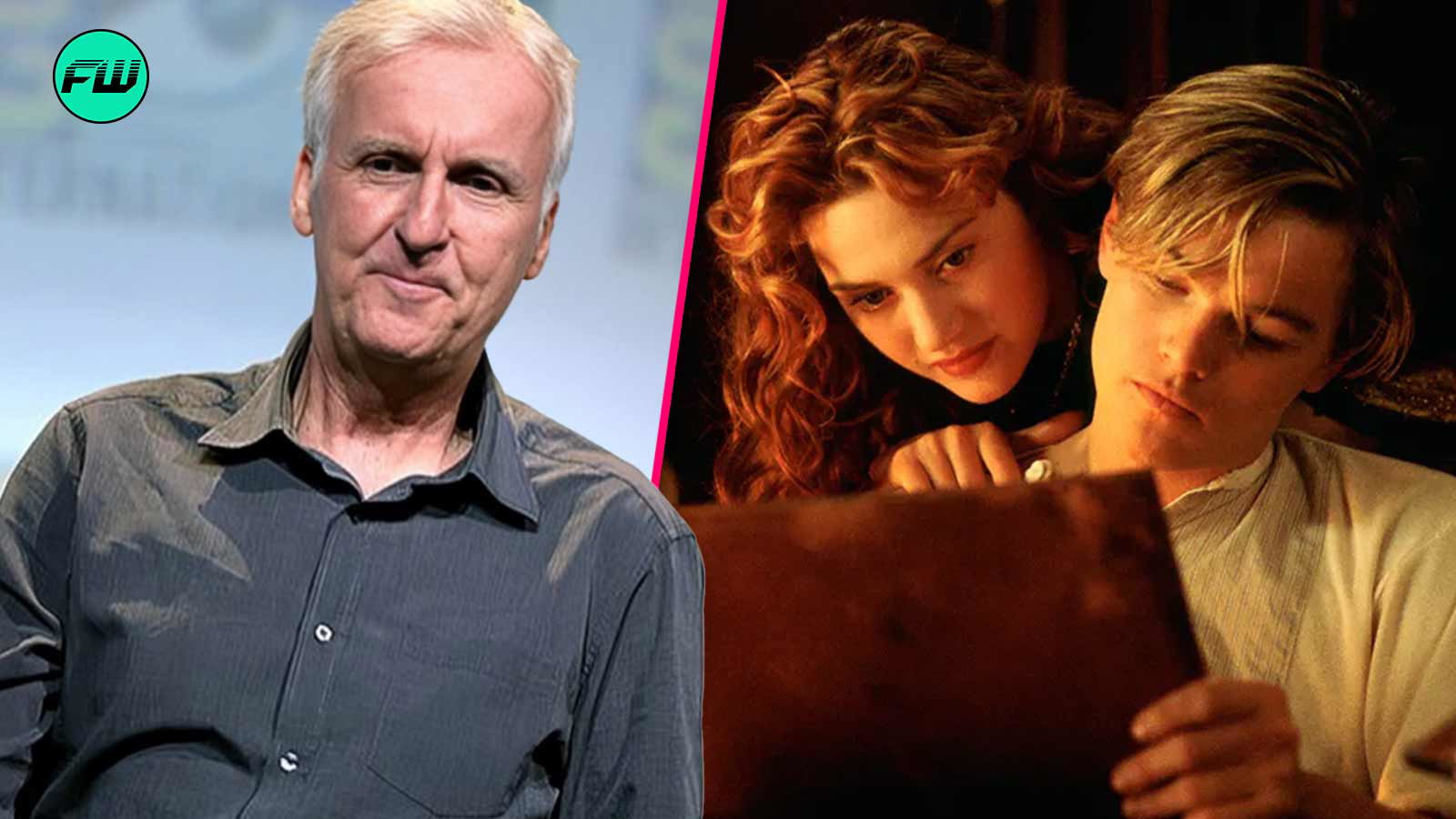

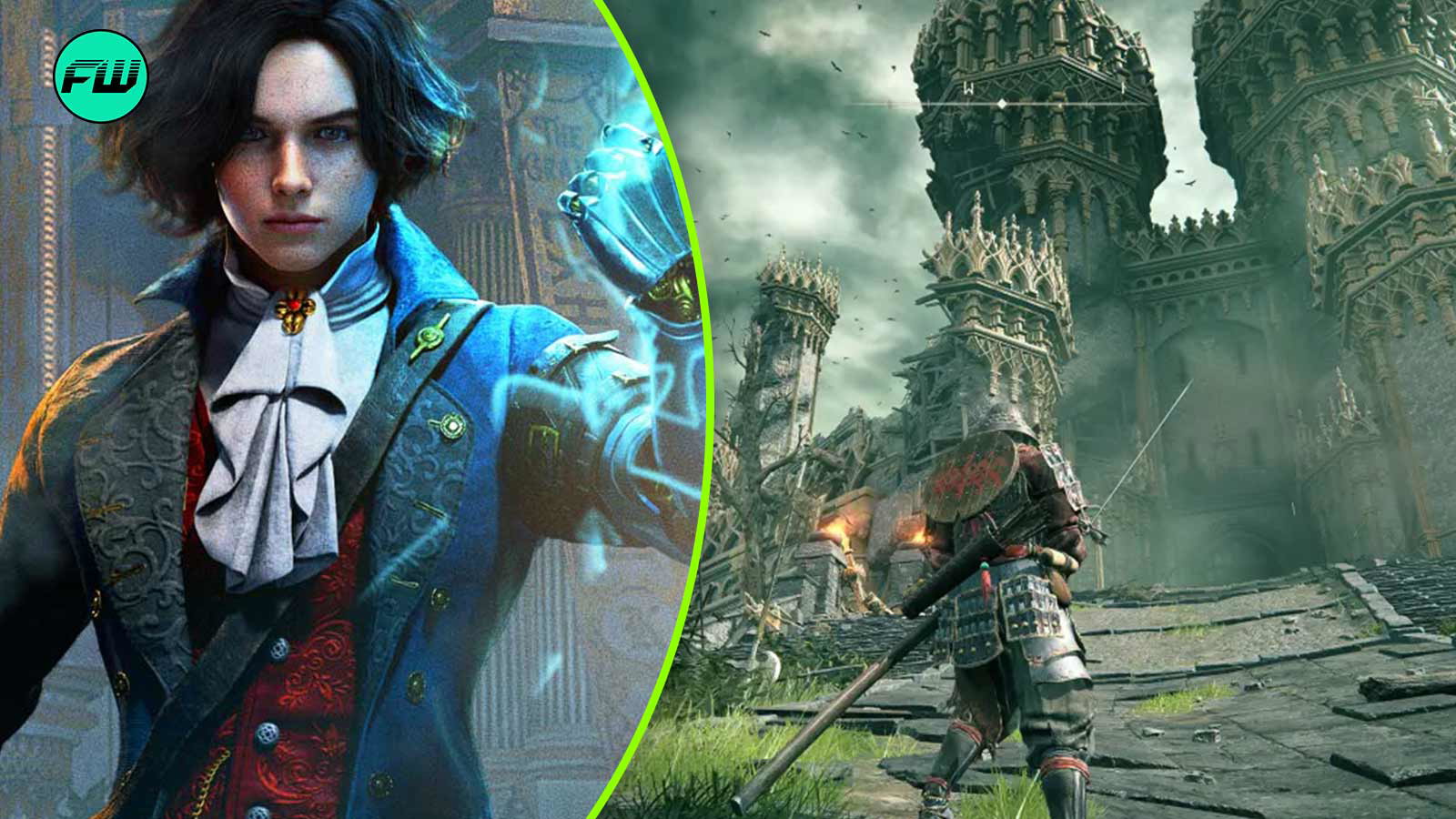





















 Bengali (BD) ·
Bengali (BD) ·  English (US) ·
English (US) ·